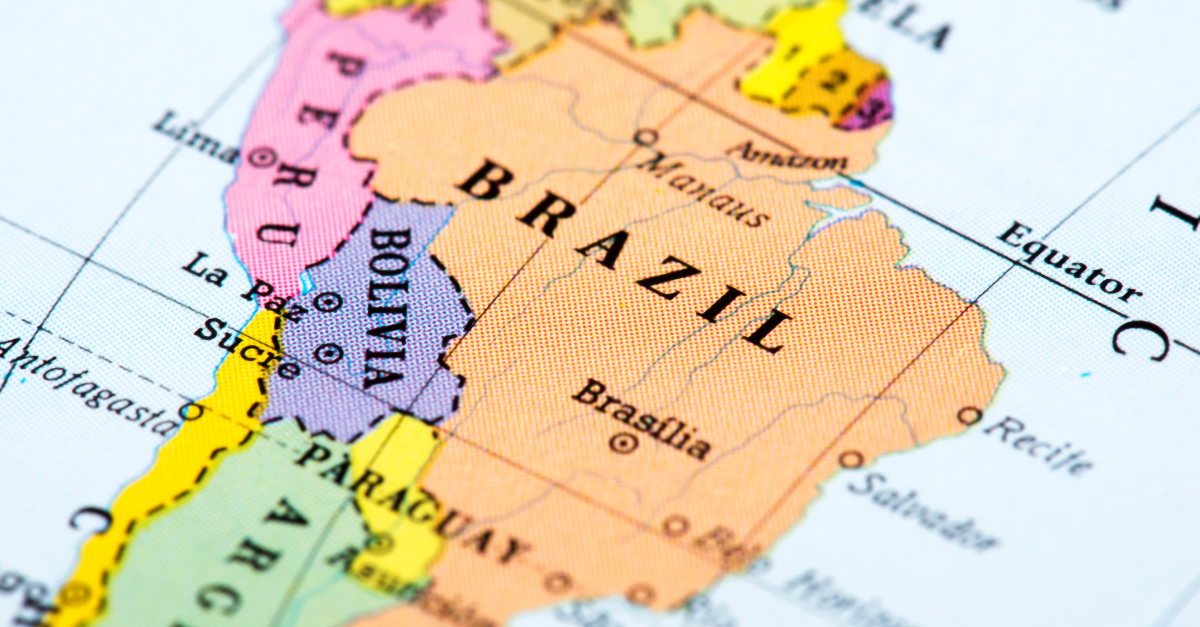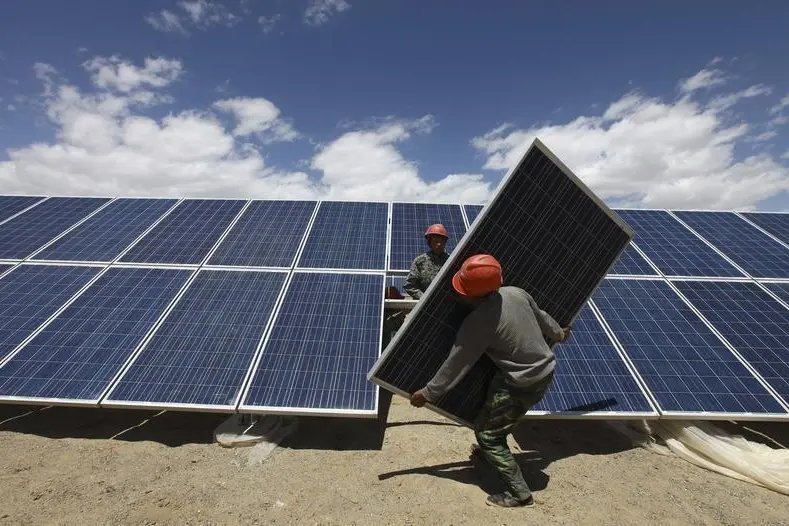
Foreign Direct Investment in Brazil: Mining at the Center of a New Capital Cycle
.png)
Morocco Secures US Backing for $800M High Purity Polysilicon Plant: A Strategic Move to Reshape Global Supply Chains

Amidst the global march towards sustainability, West Africa finds itself at a crucial moment. With 220 million individuals lacking access to electricity, and the burden of some of the highest electricity costs within sub-Saharan Africa, as highlighted by a 2023 World Bank report, the region's energy landscape is ready for transformation. Predominantly reliant on oil-based power plants, West Africa's energy infrastructure struggles to keep pace with rising demand, displaying the urgent need for diversified energy solutions.
The narrative of West Africa's energy future is not just one of challenges but of untapped potential. With an inherent potential in renewable resources the region could redefine its energy paradigm, transitioning towards a more sustainable, equitable, and independent energy future. Initiatives in hydro, solar, and wind power are in ever-increasing numbers, motivated by the global shift towards more sustainable energy systems.
Recent advancements underscore this potential: A comprehensive database of hydro, wind, and solar power plants across Africa (RePP Africa) reveals a roadmap for countries like Nigeria and Zimbabwe to pivot away from fossil fuels by 2050, with renewable sources forecasted to meet 76% of the continent's electricity needs by 2040. This transition, however, is not without its hurdles. The high costs associated with hydropower need a balanced energy mix, increasingly favouring more cost-effective wind and solar solutions, and innovative approaches like hybrid power plants.
As West Africa leads with ambition, aiming to hit its efficiency and universal access to clean energy targets, the region also pursues global sustainability goals, particularly the United Nations Sustainable Development Goals (SDGs), including SDG 7 which aims to ensure access to affordable, reliable, sustainable, and modern energy for all by 2030. The region, characterised by its diverse mix of energy potential and challenges, has been actively working to exploit its renewable energy resources, including solar, wind, hydro, and biomass, to meet these goals.
We can highlight some key initiatives that have been implemented to reach those goals.
Despite all those initiatives, challenges remain, including inadequate existing infrastructure, the problem of financing new ambitious green energy projects, and the need for changes in the regulatory and policy framework to attract more investments, particularly from the private sector.
Is solar and wind energy the future of West Africa? The answer, shortly, is yes! The region boasts some of the world's highest solar irradiation levels, leading to significant investments in solar PV projects. Countries like Senegal, Nigeria, and Ghana have made considerable strides in solar energy production. Coastal countries in West Africa have begun tapping into their wind energy potential, with several wind farm projects either underway or in the planning stages, aiming to diversify energy sources and reduce dependency on fossil fuels.
We can spotlight some examples of successful renewable energy projects in West Africa:
International collaboration, facilitated by platforms like IN-VR and the Net-Zero Circle, is key to advancing the renewable energy sector in West Africa. These networks connect West African stakeholders with global investors, innovators, and industry leaders, promoting the exchange of knowledge, resources, and technology. By democratising access to opportunities, they aim to reduce energy costs, make energy universally affordable, and support net-zero emission projects. This collaborative ecosystem is essential for overcoming the region's infrastructure and technological challenges, accelerating the transition to sustainable energy practices, and contributing to the global effort against climate change.
International collaboration aims to answer one of the main challenges of West Africa’s energy transition: the funding of new renewable energy projects. Several international partnerships have led to noteworthy renewable energy projects in West Africa, showcasing the region's growing emphasis on sustainable and renewable energy sources. One prominent example is the Regional Emergency Solar Power Intervention Project (RESPITE), supported by a $311 million financing from the International Development Association. This initiative aims to enhance grid-connected renewable energy capacity across Chad, Liberia, Sierra Leone, and Togo. It includes the installation and operation of solar photovoltaic systems with battery storage and hydroelectric capacity expansion, among other efforts to strengthen the electricity distribution and transmission infrastructure in these countries.
Regional cooperation is also vital to achieving the goals of energy efficiency and universal access to clean energy mentioned previously. In West Africa, the Member States of ECOWAS share expertise, resources, and policies to ensure a cohesive approach to sustainable energy development in the region. Promoting cross-border energy trade with transnational electricity sharing agreements is a way to unleash the region's potential.
In summary, West Africa's path towards energy efficiency and universal access to clean energy is marked by both challenges and remarkable opportunities. By leveraging its abundant renewable resources, enhancing regional cooperation, international collaboration, and securing necessary investments, West Africa can achieve its ambitious goals, contributing significantly to global efforts in combating climate change and promoting sustainable development.
West Africa stands at the cusp of a renewable energy revolution, positioned to redefine global energy paradigms. IN-VR, alongside Energy Circle and Net-Zero Circle, champions this transformation, inviting global collaborators to join in fostering sustainable, innovative energy solutions.

.png)
